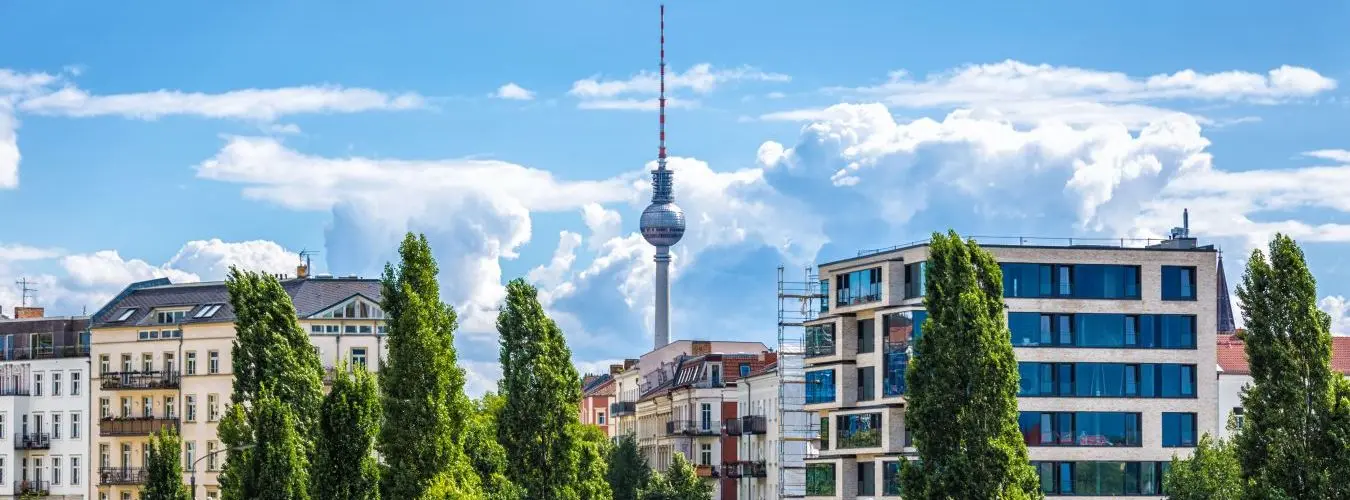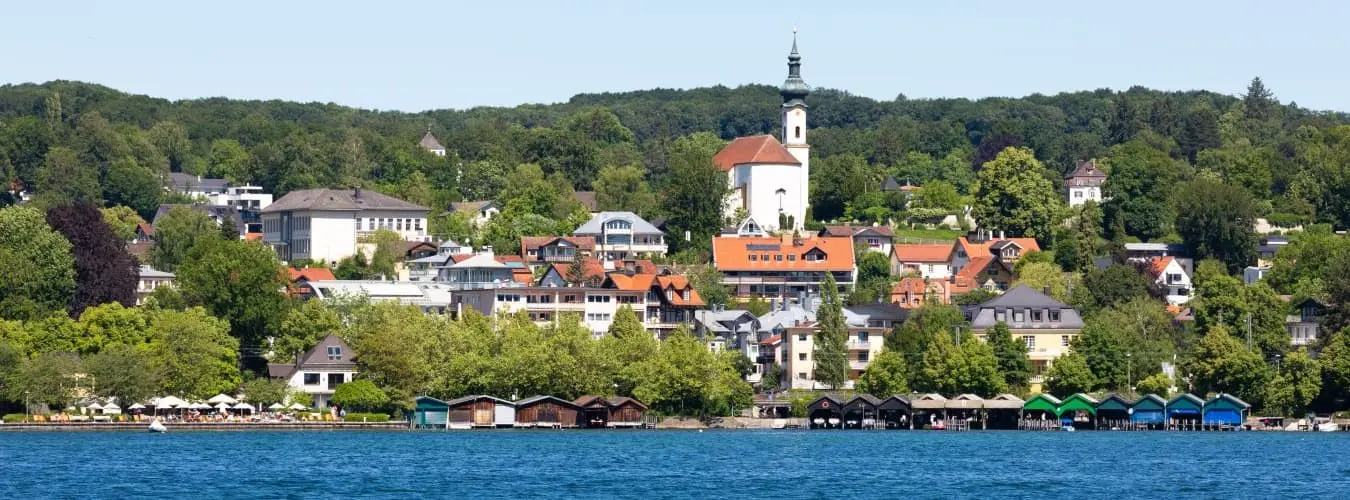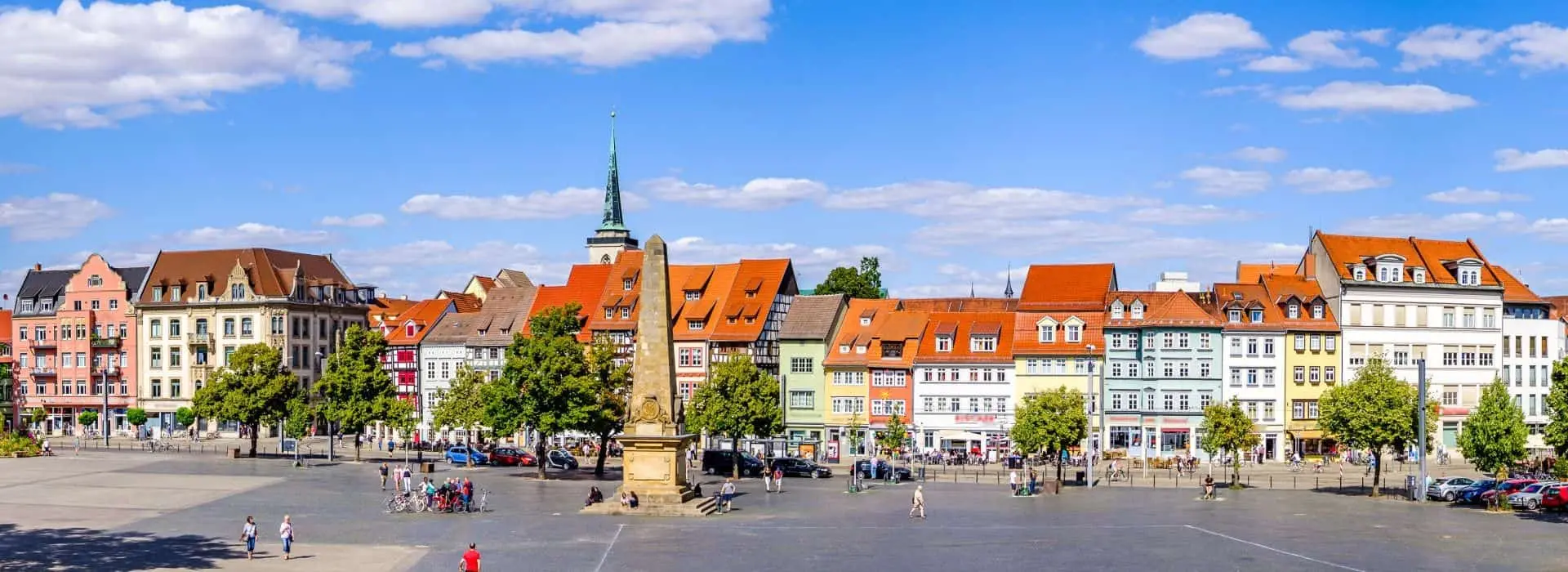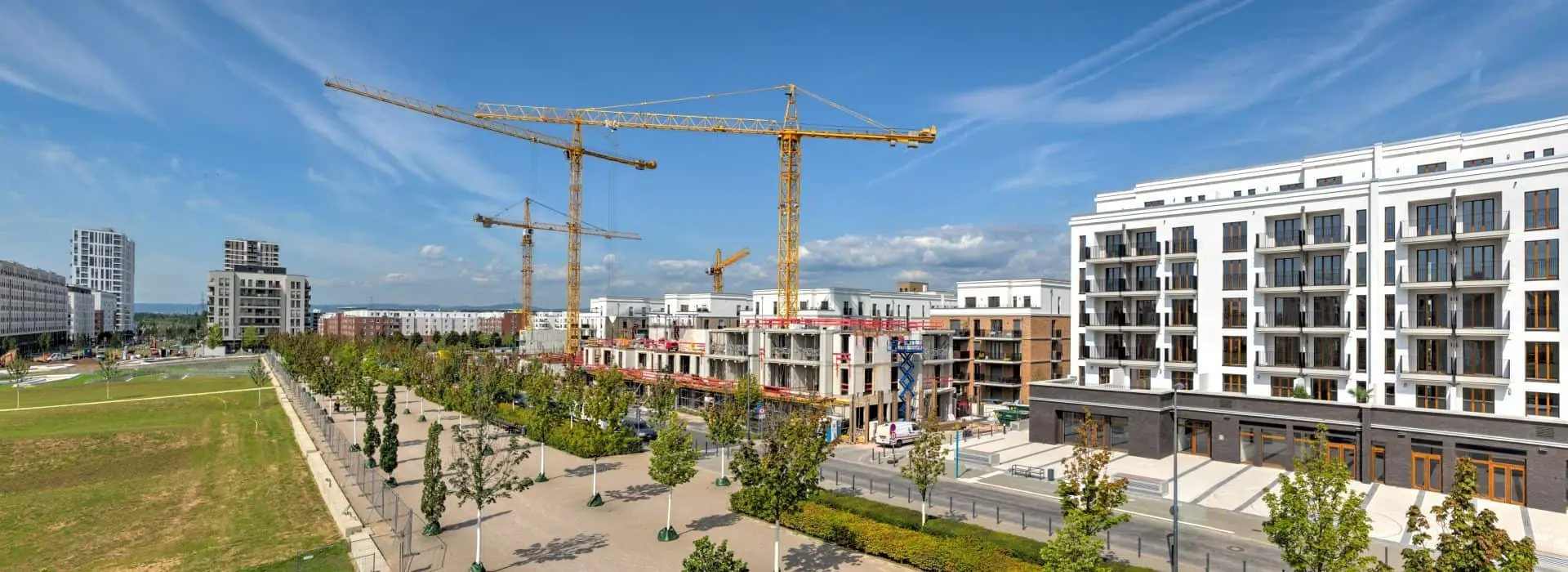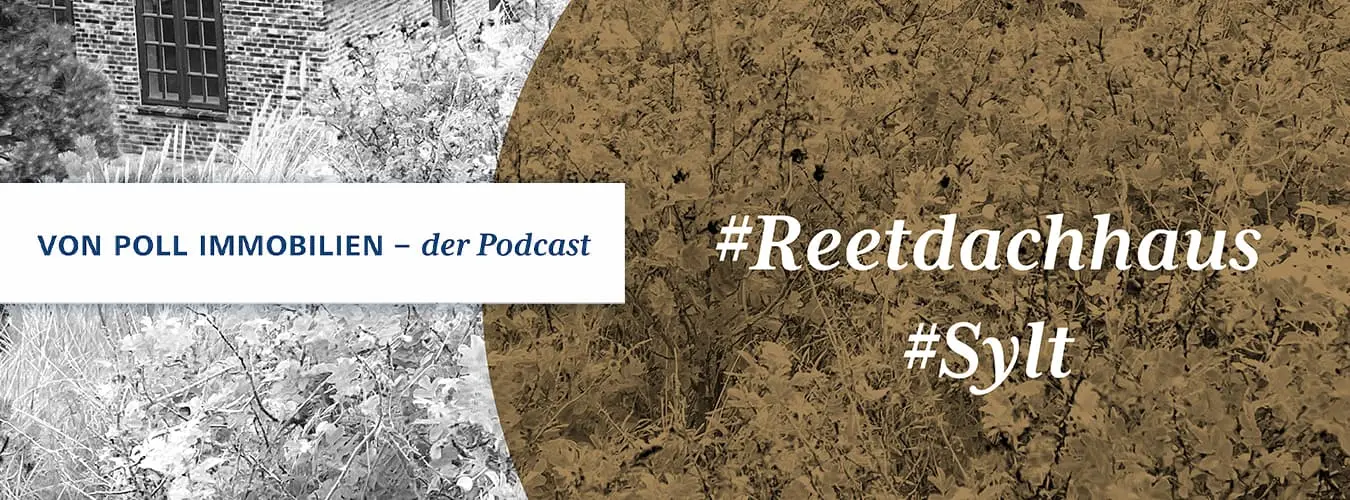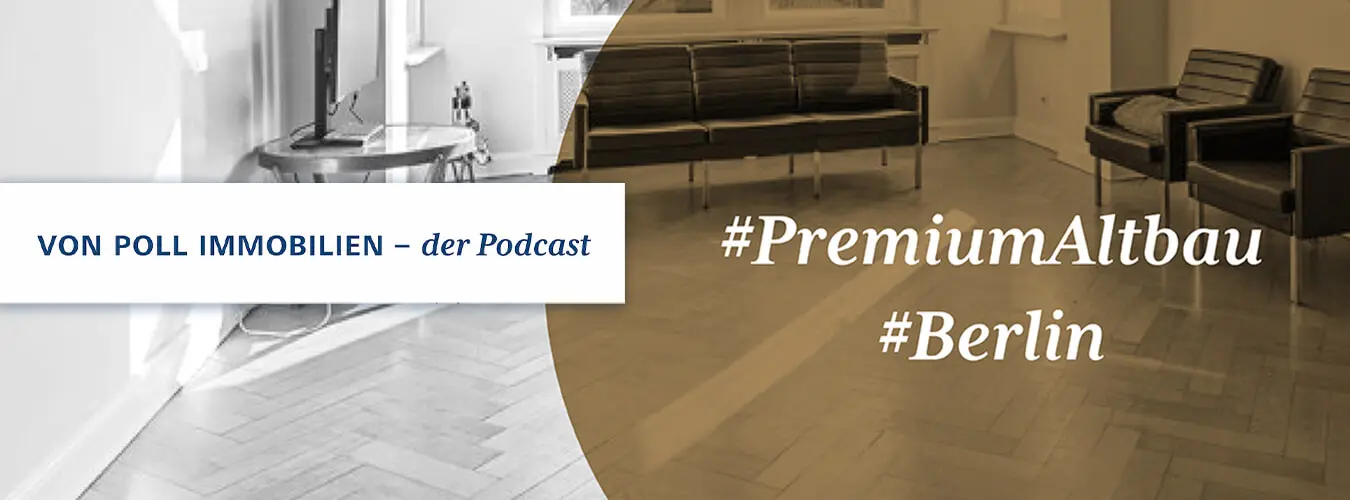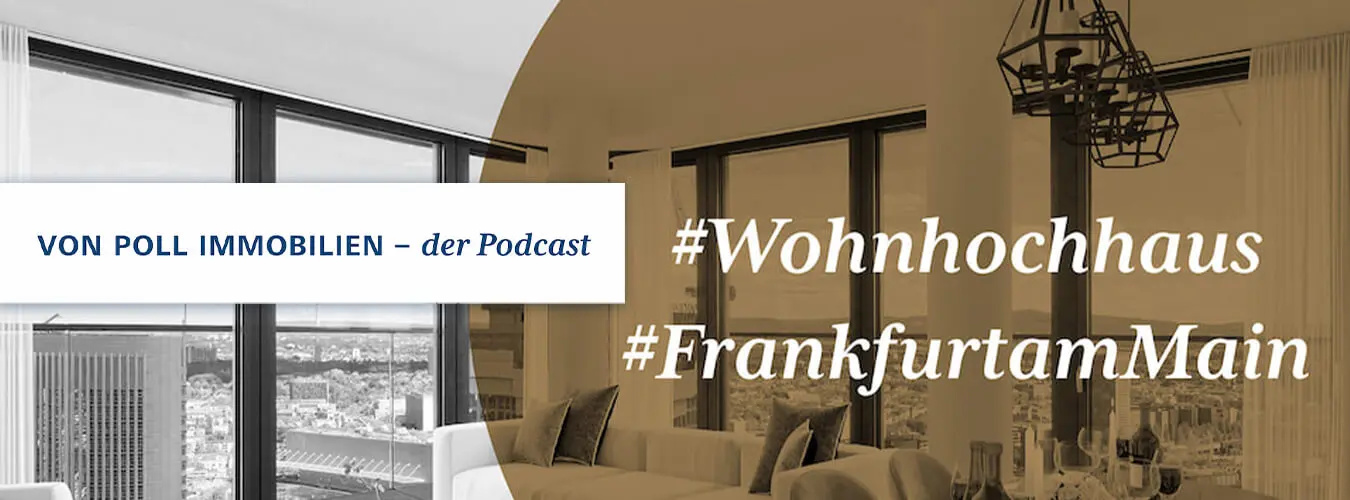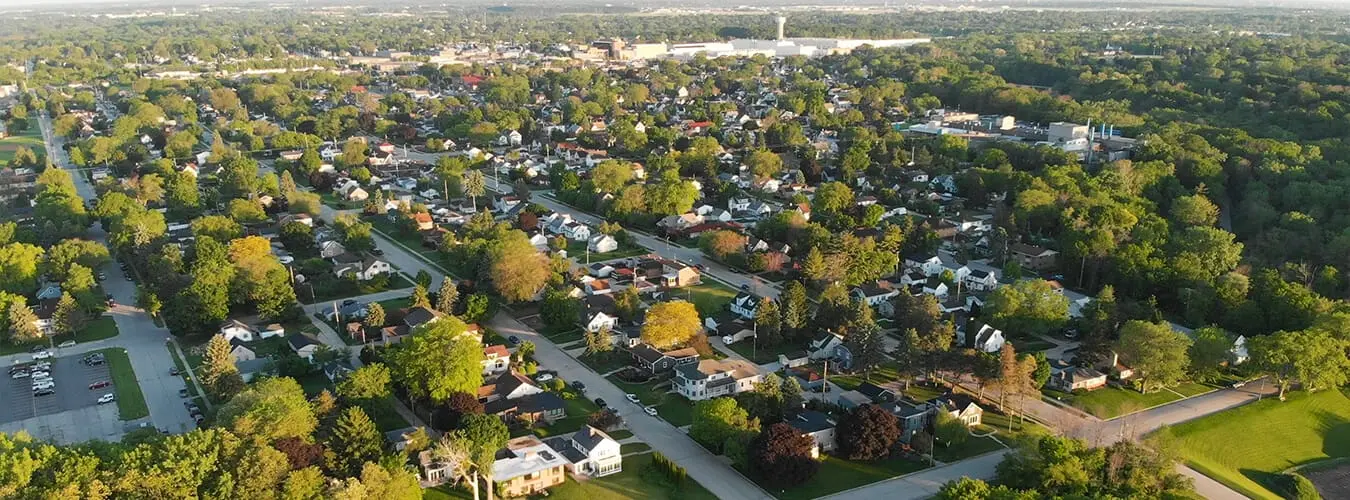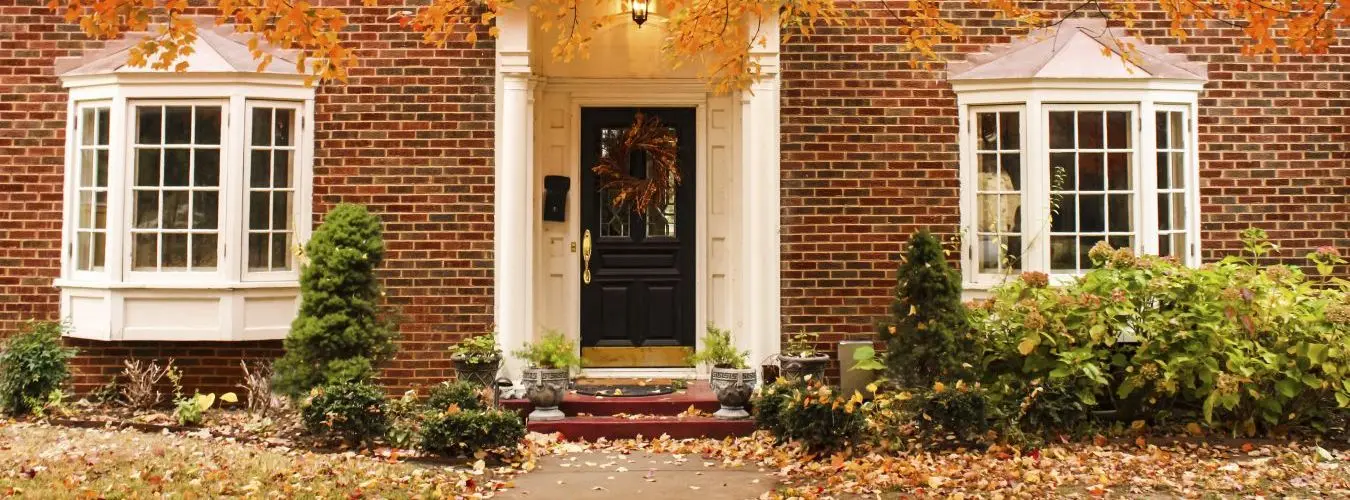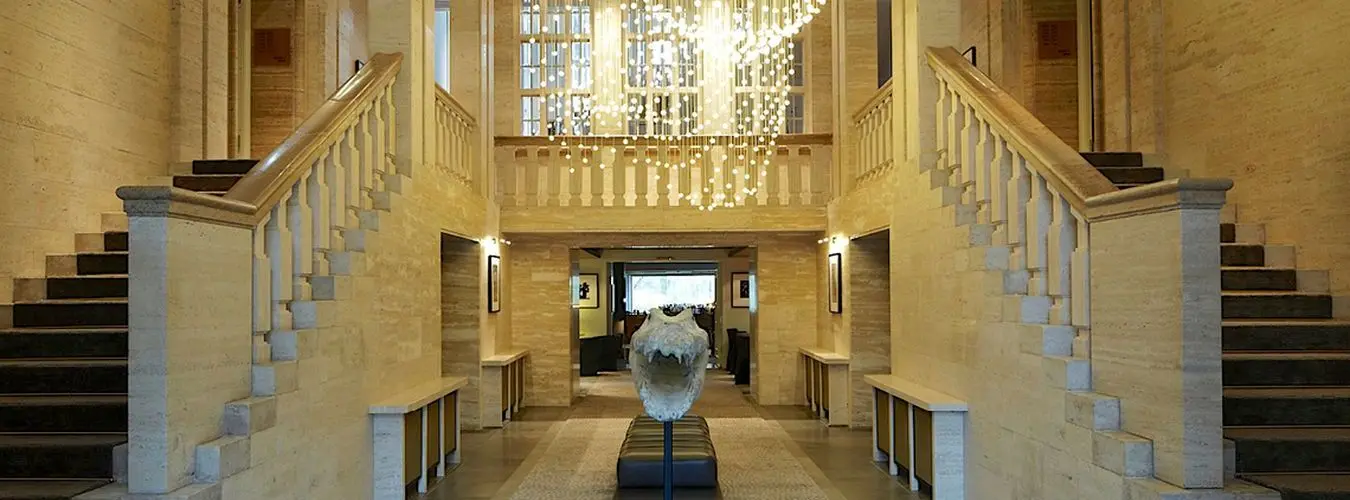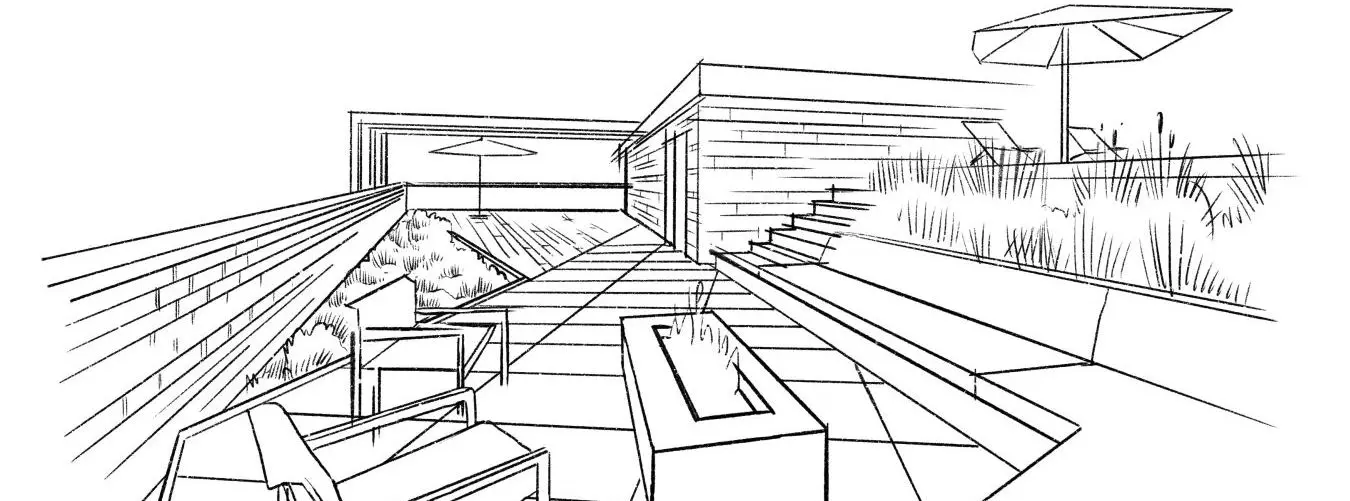Volatile market noticeable in the third quarter of 2022
In the winter semester of 2021/2022, 2.95 million students were enrolled in Germany, according to the Federal Statistical Office. Many of them are moving to smaller university towns. The reasons are obvious compared to the vibrant big cities: cheaper housing and living costs, more green spaces and a lower stress and noise factor ensure a higher quality of life and study. Investors have long recognized this and are increasingly looking at these locations. But how are prices developing in these cities, especially against the backdrop of the currently very volatile real estate market? The VON POLL IMMOBILIEN experts have analyzed the purchase price development2 of condominiums in Germany's smaller university cities for the third quarter of 2022 compared to the first quarter of 2022.
Prices are stagnating or falling in as many as 35 of the 46 locations analyzed, while prices are continuing to rise in eleven locations, albeit not as strongly as last year.
Daniel Ritter, Managing Partner at VON POLL IMMOBILIEN:
"The real estate market has been visibly on the move in many places since the spring. This also applies to the smaller university towns. Property prices are stagnating or falling in certain regions and segments - although very good and highly sought-after micro-locations will be less affected. Investments in smaller locations instead of metropolitan areas have long ceased to be an insider tip among investors due to the generally lower price level and high development potential. But is it still worth it at the moment? Cities with attractive courses of study in particular still have the potential to increase in value. However, investors should carefully examine the potential returns of the locations and the property they are considering as well as their individual criteria and market development and also consult professional real estate experts."
The real estate price analysis of the smaller university cities for the third quarter of 2022 shows that prospective buyers in Constance at €6,321/m2 and Potsdam at €6,029/m2 can expect the highest prices for a condominium. While prices per square meter in Constance have risen slightly by 2 percent compared to the first quarter of 2022, they have fallen by as much as -7.8 percent in Potsdam, the state capital of Brandenburg.
Andreas Güthling, Branch Manager of the VON POLL IMMOBILIEN store in Potsdam:
"The market is currently in a state of flux. We have recently seen significant price increases in Potsdam and property sellers have been able to hold on to their sometimes very high asking prices - this is now changing. Many prospective buyers are having to recalculate their search budget due to the rise in interest rates. For some, however, buying a property at current market prices is no longer possible. Supply and demand are currently balancing each other out, causing prices to fall slightly. The market is therefore regulating itself."

Fig. 1: Purchase prices for condominiums in the smaller university cities in Q3/22
The two frontrunners in the analysis are followed by five university cities with average prices per square meter for apartments of between EUR 5,000 and EUR 6,000. These include Freiburg im Breisgau at €5,534/m2, Erlangen at €5,449/m2, Tübingen at €5,390/m2, Regensburg at €5,176/m2 and Heidelberg at €5,134/m2. In the Bavarian university city of Erlangen, prices have risen by 8.3 percent compared to the first quarter of 2022, achieving the highest price increase of all the locations analyzed. In Freiburg im Breisgau (-6.1 percent), Tübingen (-4.2 percent), Regensburg (-5.5 percent) and Heidelberg (-2.8 percent), on the other hand, prices fell compared to the start of the year.
Matthias Gebhardt, branch manager of the VON POLL IMMOBILIEN stores in Erlangen, Forchheim and soon Herzogenaurach:
"The location of larger companies in Erlangen, such as Siemens, Adidas, Puma or Schäffler, as well as the Friedrich-Alexander University Erlangen-Nuremberg, which enjoys a very good reputation, also makes the Nuremberg metropolitan region particularly attractive for an international audience. In the last twelve to 24 months in particular, we have registered an increase in real estate inquiries from foreign investors, which is naturally also driving up prices."
At €1,785/m2, the lowest property prices for condominiums among the smaller university cities can currently be found in Chemnitz, the third-largest city in the Free State of Saxony. Here, prices per square meter have fallen by -5.6 percent compared to the first quarter of 2022. In the smaller university cities of Magdeburg, Wuppertal, Saarbrücken, Mönchengladbach, Hildesheim, Siegen, Kaiserslautern, Frankfurt (Oder), Coburg and Kassel, prospective buyers can still purchase apartments at moderate prices averaging between €2,000/m2 and €3,000/m2. However, at -11.9 percent, prices for condominiums in Saarbrücken fell the most in the entire analysis.
Directly behind Saarbrücken, the state capital of Saarland, with the sharpest fall in purchase prices for condominiums are the university cities of Lüneburg with -11.7 percent (purchase price: €4.317/m2), Erfurt with -9.4 percent (purchase price: €3,317/m2), Göttingen and Ulm with -8.2 percent each (purchase price: €3.063/m2 and €4,794/m2 respectively) and Oldenburg and Bayreuth with -8 percent each (purchase price: €3,740/m2 and €3,934/m2 respectively).
In light of the current volatile market, it is also interesting to note that property prices in as many as eleven of the locations analyzed continued to rise in the third quarter of 2022 compared to the first quarter of 2022. Erlangen leads the way with an 8.3 percent increase in prices per square meter for condominiums (purchase price: €5,449/m2), followed by Coburg with 6.3 percent (purchase price: €2,795/m2). Prices in Bamberg, Kaiserslautern, Constance, Aachen, Flensburg, Frankfurt (Oder) and Magdeburg will rise by between 1.5 percent and 3 percent compared to the first quarter of 2022.
Heike Hoffmann, branch manager of the VON POLL IMMOBILIEN store in Magdeburg:
"The announcement that the American semiconductor manufacturer Intel is locating in Magdeburg has had a noticeable impact on the real estate market. Since then, we have seen a sharp increase in real estate inquiries. However, there were fewer property offers and stable prices at that time. Against the backdrop of higher mortgage interest rates and current inflation trends, however, we are seeing a reluctance to buy. Nevertheless, many sellers are sticking to their high asking prices, which means that the number of property offers on the Magdeburg market has almost doubled compared to the same period last year."

Fig. 2: Purchase price trends for condominiums in smaller university towns, Q3/22 vs. Q1/22
Is it still worth investing? Purchase price factors for condominiums
Investors have been keeping an eye on smaller university cities for several years due to their sustainable value development and attractive yield opportunities. However, many are wondering whether an investment is still worthwhile given the current situation. The VON POLL IMMOBILIEN experts have therefore taken a look at the purchase and rental prices of smaller German cities1 with a university to determine the purchase price-to-rent ratio in the third quarter of 2022.
Purchase price factor
The purchase price factor - also known as the multiplier - provides information about the profitability of a real estate investment. With a purchase price factor of 20, for example, this means that the investor needs 20 years to recoup the purchase price of the acquired property through the rental income generated. For a long time, a multiplier of 20 was regarded as a benchmark for a very profitable investment. However, this benchmark has now shifted. In most German regions, purchase price factors of around 25 can now be found, but multiples of 30 are no longer uncommon. In metropolitan areas and large cities in particular, purchase price factors often exceed this threshold many times over.

Fig. 3: Development of purchase price factors for condominiums in the smaller university cities, Q3/22
In a total of five of the 46 university cities analyzed, the purchase price factors are still below the 25 mark. The most attractive place to buy a condominium as an investment is currently Saarbrücken (purchase price: €2,322/m², rent: €8.86/m²), because with a multiplier of 21.8, the state capital of Saarland brings up the rear in the ranking. This is followed by Göttingen (purchase price: €3,063/m², rent: €10.92/m²) with a purchase price factor of 23.4, Mönchengladbach (purchase price: €2,490/m², rent: €8.53/m²) with 24.3, Wuppertal (purchase price: €2.284/m², rent: €7.77/m²) at 24.5 and Kaiserslautern (purchase price: €2,702/m², rent: €9.15/m²) at 24.6.
Another 19 university cities in the analysis have purchase price factors of between 25 and 30. These include Siegen, which is only just above the 25 threshold with a multiplier of 25.9. In Chemnitz (purchase price: €1,785/m², rent: €5.56/m²), the city with the lowest purchase price and the lowest average rent in the entire ranking, buyers have to expect 26.8 annual net cold rents, while in Coburg (purchase price: €2,795/m², rent: €8.65/m²) the figure is 26.9 annual net cold rents and in Magdeburg (purchase price: €2,262/m², rent: €6.80/m²) 27.7 annual net cold rents. Heilbronn (purchase price: €4,183/m², rent: €12.56/m²) and Passau (purchase price: €3,740/m², rent: €10.87/m²) follow with significantly higher purchase prices and rents, with multipliers of 27.8 and 28.7 respectively. Heidelberg is also particularly worth a look: in addition to the relatively high purchase price of €5,134/m², the city also has the third-highest rent of all the university cities analyzed at €14.67/m², resulting in a purchase price factor of 29.2. In Flensburg (purchase price: €3,217/m², rent: €9.04/m²), the purchase price factor is already 29.7.
Just above the ideal purchase price factor of 30 are seven of the analyzed locations: Paderborn (purchase price: €3,299/m², rent: €9.06/m²), Bamberg (purchase price: €4.005 €/m², rent: 10.99 €/m²), Mainz (purchase price: 4,961 €/m², rent: 13.52 €/m²), Trier (purchase price: 3,904 €/m², rent: 10.62 €/m²), Bayreuth (purchase price: 3,934 €/m², rent: 10.70 €/m²), Oldenburg (purchase price: 3,740 €/m², rent: 10.10 €/m²) and Darmstadt (purchase price: 4,907 €/m², rent: 13.24 €/m²). The multipliers there vary between 30.3 in Paderborn and 30.9 in Darmstadt.
Followed by Freiburg im Breisgau (purchase price: €5,534/m², rent: €14.79/m²) with a purchase price factor of 31.2 and the second-highest rental price in the analysis. While buyers in Lüneburg (purchase price: €4,317/m², rent: €11.03/m²) need 32.6 years to recoup the purchase price, in Augsburg (purchase price: €4,983/m², rent: €12.59/m²) it takes 33 years and in Constance (purchase price: €6.321/m², rent: € 15.14/m²) - the city with the highest purchase and rental price - it is even 34.8 years.
In Erlangen (purchase price: € 5,449/m², rent: € 12.83/m²) and Halle an der Saale (purchase price: € 3.076/m², rent: €7.20/m²), the purchase price factor is 35.4 and 35.6 respectively. The frontrunner in the ranking is Potsdam (purchase price: €6,029/m², rent: €12.73/m²) - here, buyers have to calculate an average of 39.5 years until their investment is balanced.
1 VON POLL IMMOBILIEN uses BulwienGesa's classification of A, B, C and D cities as the basis for categorizing the German real estate market. The cities were grouped according to their functional importance for the international, national, regional or local real estate market. BulwienGesa classifies 46 cities in the C and D locations with at least 7,000 students as university or college cities, whereby A and B cities are not taken into account due to the separate consideration.
2 The data basis for the purchase price analysis for condominiums is based on the average asking prices from GeoMap and VON POLL IMMOBILIEN Research for the third quarter of 2022 compared to the first quarter of 2022.
.









